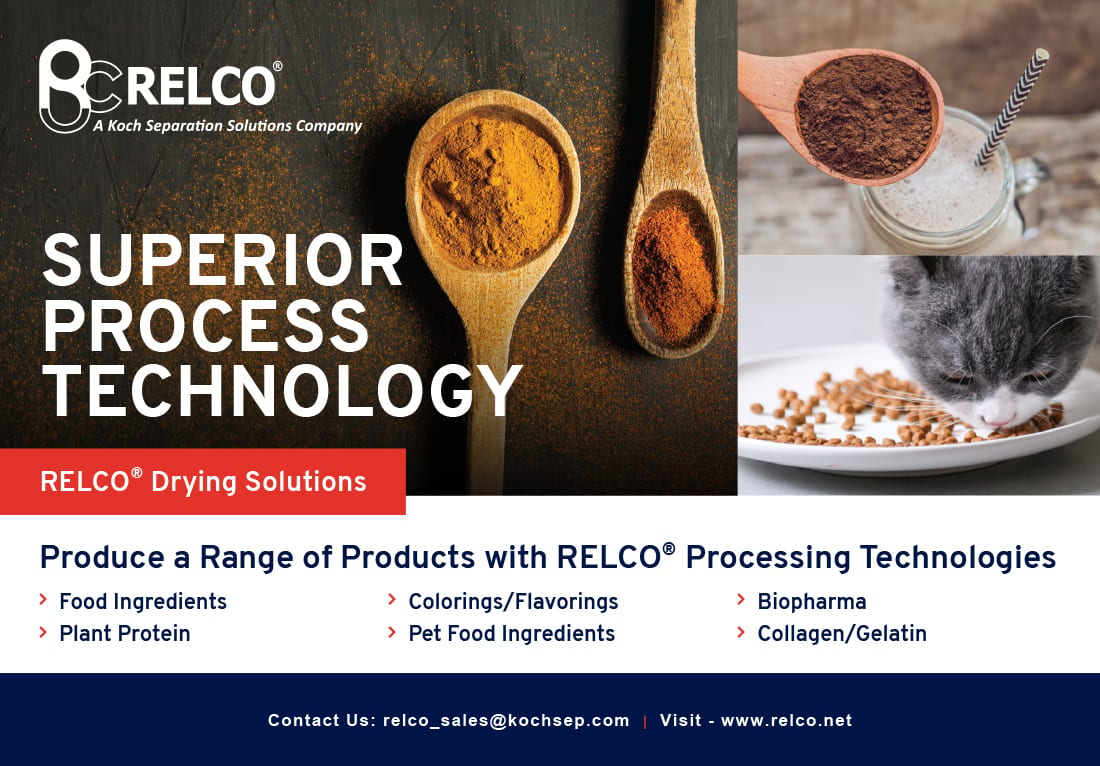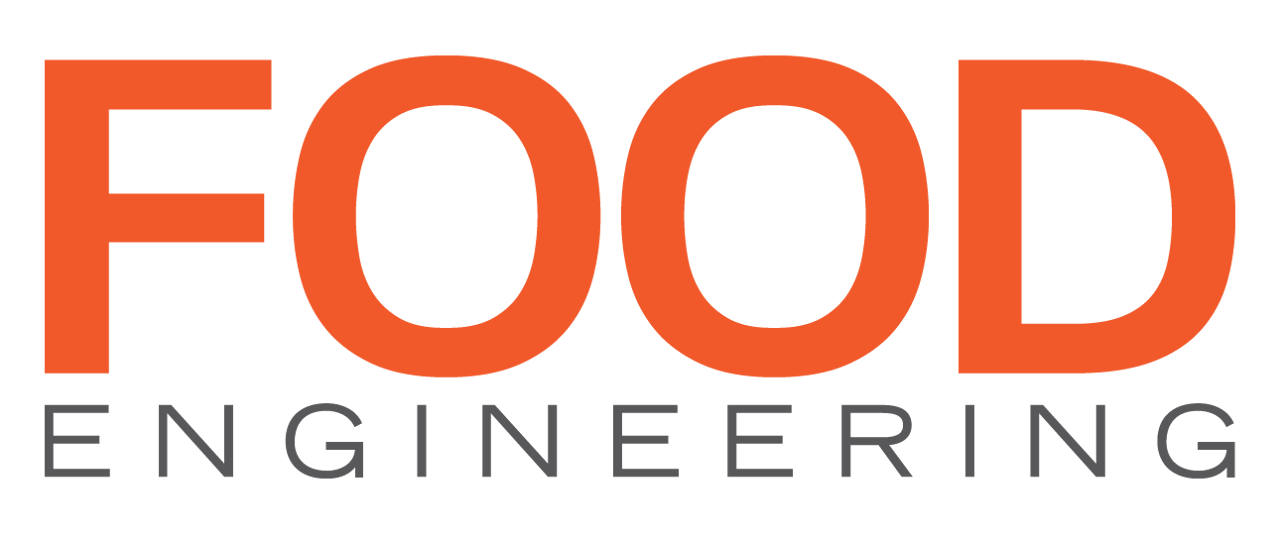AUGUST 2022
What’s cooking?
The latest cooking equipment and technology can help food processors meet demanding sustainability goals and operate more efficiently.
Photo courtesy of Getty Images/rudisill
When a food manufacturer is looking to upgrade or expand its cooking line—be it with an industrial oven, steamer, kettle, agitator or other piece of cooking equipment—the latest technology and equipment can impact efficiency, sustainability and the bottom line.
Take Wayne Farms, for instance. This poultry producer and processor completed a major upgrade and capacity expansion to its Decatur, Ala., prepared foods facility with the installation of a new cooked line in early 2022. This new line joins nine existing production lines at the facility, enabling it to increase production by more than 42 million pounds each year. Producing both steamed and roasted bone-in wing products, the company installed state-of-the-industry processing and packaging technology from GEA, JBT and JBS.
“This new line is an investment for our company and our customers,” says Heath Loyd, senior director of prepared foods at Wayne Farms. “We’ll be able to quickly scale to meet their needs and also offer new products and solutions.” The line’s new electrically driven twin-drum oven system improves both processing yield and product quality by uniformly distributing heat via hot air across the spiral oven’s two rotating tiers.
Sharon Spielman, senior Editor

“The customer was…thankful we had a separate testing facility where they could run trials without affecting production.”— Jake Deehr, product manager, JBT Cooking
In a column that Ben Kop, application technologist at GEA wrote for Food Engineering earlier this year, he explains that as the demand grows for more efficient and sustainable methods of food production, the latest industrial cooking technology has the potential to transform the mass production of roasted, breaded and smoked products.
He says that over-cooking caused by temperature variation across the belt is a challenge for food manufacturers due to its detrimental impact on yield and product quality. “It’s a major drawback of ovens with air velocity going in only one direction. Food manufacturers want to create a product of the same quality as a conventional rotary spit, but on a much larger scale so that anyone, anywhere can walk into a supermarket and enjoy well-cooked meat or poultry.”
JBT’s Food Processing Technology Center in Sandusky, Ohio, allows food manufacturers to work with a technical staff and full-size processing equipment, perform trials and dial in the equipment and cooking parameters required to get the right results. Photo courtesy of JBT Cooking
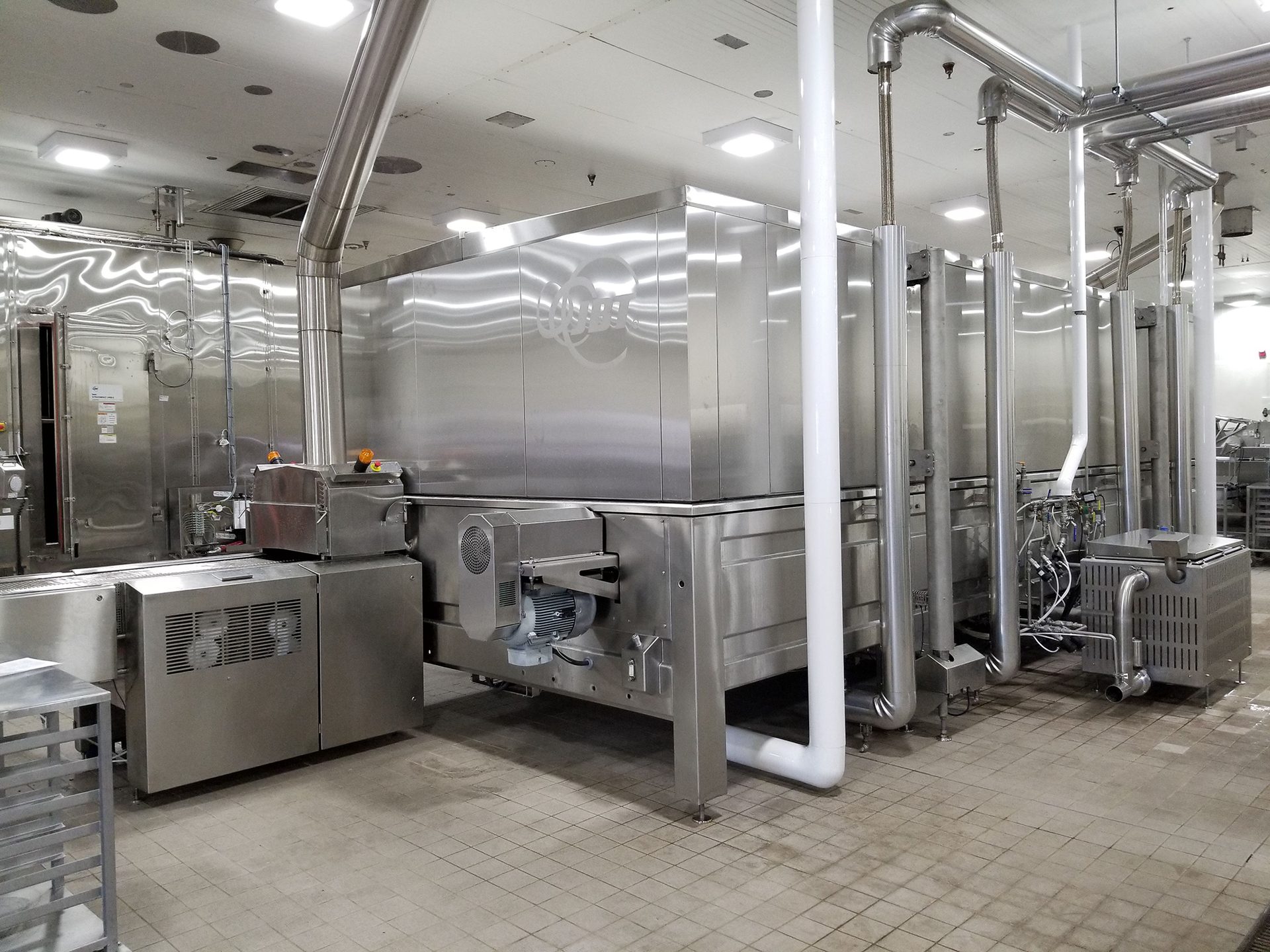
Testing, innovation
Having an innovation center where customers can test out equipment and technology is important. Jake Deehr, product manager, JBT Cooking, says his company recently had a customer who was manually processing its product and they were looking to expand. The customer was able to bring its product to JBT’s Food Processing Technology Center in Sandusky, Ohio, and work with the technical staff. “Our Tech Center is filled with full-size processing equipment and through a few trials, we were able to dial in the equipment and cooking parameters to get the results they expected,” Deehr says. “The customer was…thankful we had a separate testing facility where they could run trials without affecting production.”
Food processors need to control every part of the cooking process, including humidity. A consistent measurement of process humidity was crucial to the studies carried out by Michigan State University to investigate the salmonella lethality at the surface and core of impingement-cooked meat and poultry products. “In this regard, JBT served as an industry collaborator providing guidance to measure, monitor and control the process humidity in the test oven that was used. The results from these studies influenced certain revisions to USDA’s Appendix A, which now references percent moisture volume (%MV) as a sound basis for measuring process humidity,” Deehr says.
Inclined agitators are used to blend liquids, or liquid and solid particles, with differing densities. The action of the mixer efficiently prevents either settling or floating of particulate ingredients. Photo courtesy of Lee Industries
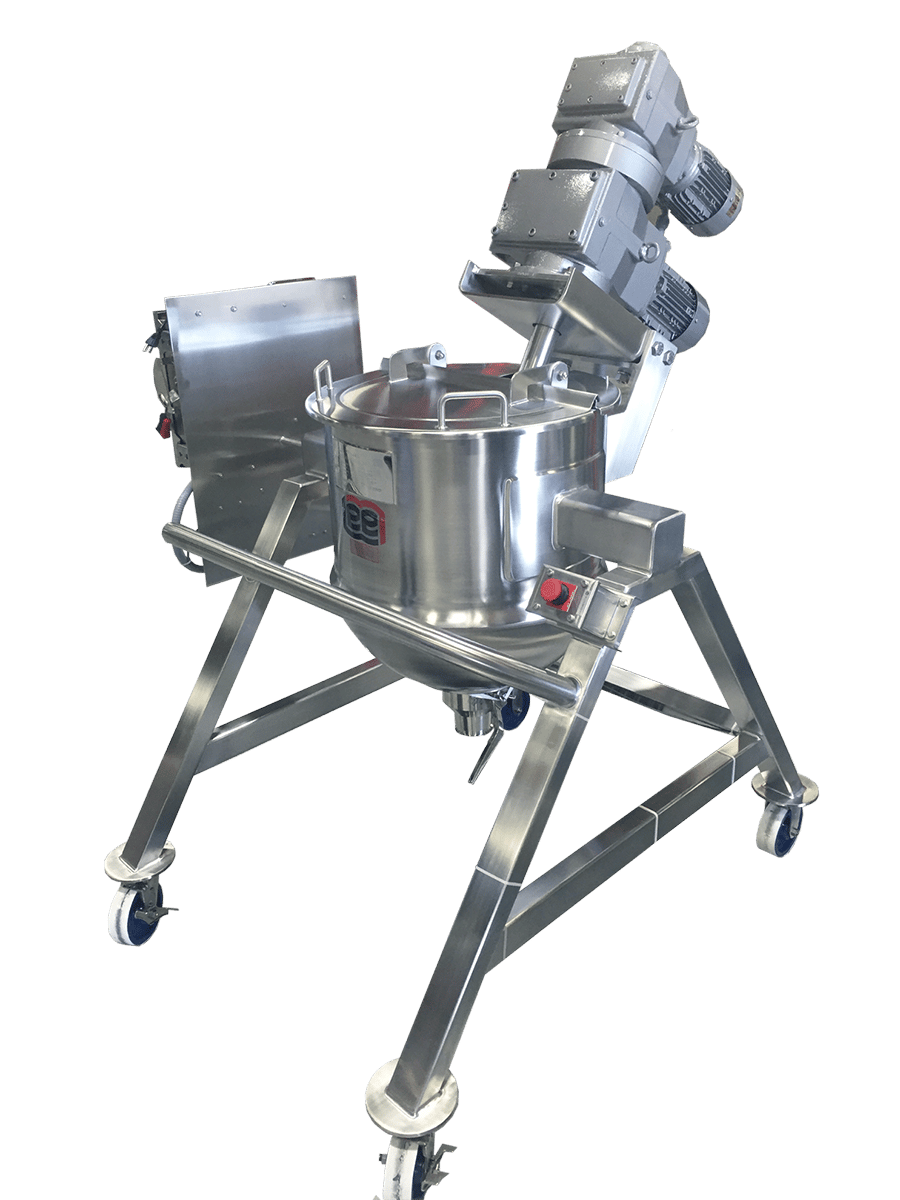
Phasing in smart, optimized airflow
The introduction of spiral ovens with improved airflow that goes from top to bottom and left to right has changed the game in terms of quality, efficiency and yield, Kop says. “To further optimize capacity, three-phase technology has been developed with even more precise process control. Three-phase spiral ovens can be used for roasting meats, cooking crispy non-fry coated products, such as chicken wings, formed uncoated products, marinated products, steamed products, and dried or smoked meats and fish.
“This new generation of ovens provides an extremely accurate, high-performance solution,” Kop continues, “which pushes the art of cooking to produce even more of what the food industry wants—increased yield and improved sustainability, as well as high quality products.”

“Companies that are forward looking, keeping versatility in mind, will be in a better position to adapt to changing demands and gain a competitive advantage.”— Timothy “T.J.” Knob, Jr., applications engineering manager at Lee Industries, Inc.
Optimized airflow is crucial. Kop explains that a combination of horizontal and vertical airflow means maximum precision and flexibility in controlling the cooking conditions to best suit the application. Heat is distributed more evenly across the whole width and length of the belt providing uniform cooking. The high level of controllability means that products can be cooked in a way that provides reproducible results time after time.
Kop says a three-zone cook range can offer an increase in yield of up to 3% or 5%, depending on the applications, with fewer overcooks and shorter cooking times compared to its predecessors. “Manufacturers can set each zone in the oven to a precise recipe, providing more targeted cooking and consistent browning, while reducing any waste caused by over cooking,” he says.
The benefits provided by three-phase cooking include the ability to accurately control the cooking parameters. The first phase utilizes the latent heat of steam to cook quickly and gently, keeping meat succulent by preventing moisture loss, Kop says. Then, the impingement zone blasts the product with hot, dry air to remove excess humidity and prepare the surface for coloring or roasting without drying out the core. The final phase develops the coloring to complete the process.
Hemispherical bottom kettles can be manufactured with a range of agitation options from simple stirring applications to gentle mixing of delicate ingredients as well as high-viscosity mixing applications. Photo courtesy of Lee Industries

Kop notes that three-phase cooking equipment should not be a mystery. “Training is important so that operators get the best out of the equipment to capture the authentic flavors of each product, which requires correct timing, airflow, dew point and temperature within the oven. Since every manufacturer has its own unique process or product, high transparency and expert backup are crucial,” he says.
The optimum setting for any individual product is a compromise, Kop adds. ”A high dew point improves yield but prevents browning while a lower dew point browns the meat but dries it out. The latest three-zone ovens now come with smart climate and exhaust systems that allow increased flexibility and sustainability.” Intelligent exhaust systems monitor the environment within the oven continuously, adjusting the volume of exhaust air as needed to maintain the precise atmospheric conditions required for optimum cooking, he explains. “By only using energy exactly as and when it is needed, this technology can also reduce heat and steam losses, helping to reduce power consumption.”
Evaluate to accommodate
Involving a process equipment manufacturer at the beginning can help integrate the needs of R&D to production to operations to ensure that equipment is built around the product, infrastructure and production goals—a much stronger recipe for new product success than retrofitting a process around the equipment, according to Timothy “T.J.” Knob, Jr., applications engineering manager at Lee Industries, Inc., a maker of kettles, tanks and agitators. It is also important for processors to perform a process optimization evaluation to assess their current situation and look for hidden inefficiencies and/or challenges, he notes.
“Many customers are having a hard time adapting to the ever-changing demands of the marketplace. In such cases, versatility needs to be a focus when sourcing food manufacturing equipment. When reviewing the new equipment needs with a customer, we want to understand the current needs as well as any potential future needs for the equipment,” Knob explains. “The better we understand the direction the company plans to go, and what products they hope to produce, the better we can respond by helping to develop a process solution that can accommodate both present and future needs. Companies that are forward looking, keeping versatility in mind, will be in a better position to adapt to changing demands and gain a competitive advantage.”
Whether seeking an oven or a kettle for a food manufacturing line, the next generation of industrial cooking technology is enabling food processors to add flexibility to their production lines. Kop says the increased use of intelligent systems is giving manufacturers the ability to control distinct parameters according to changing consumer demand, while still providing high productivity, sustainability, reliability and total security of outcome. FE
AUGUST 2022
